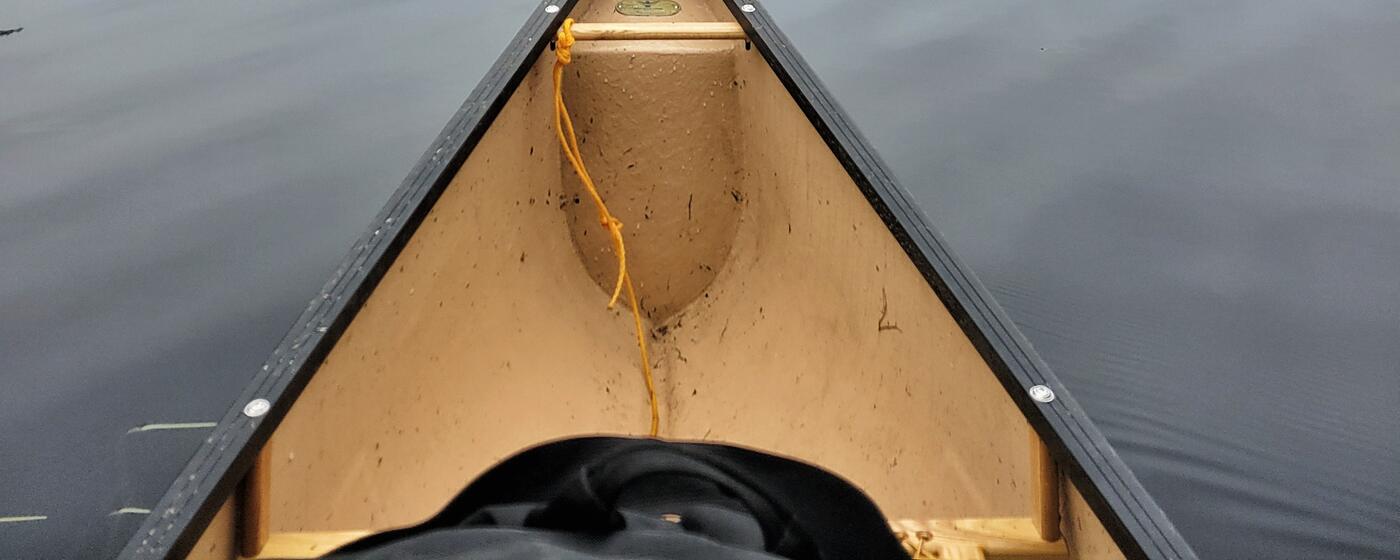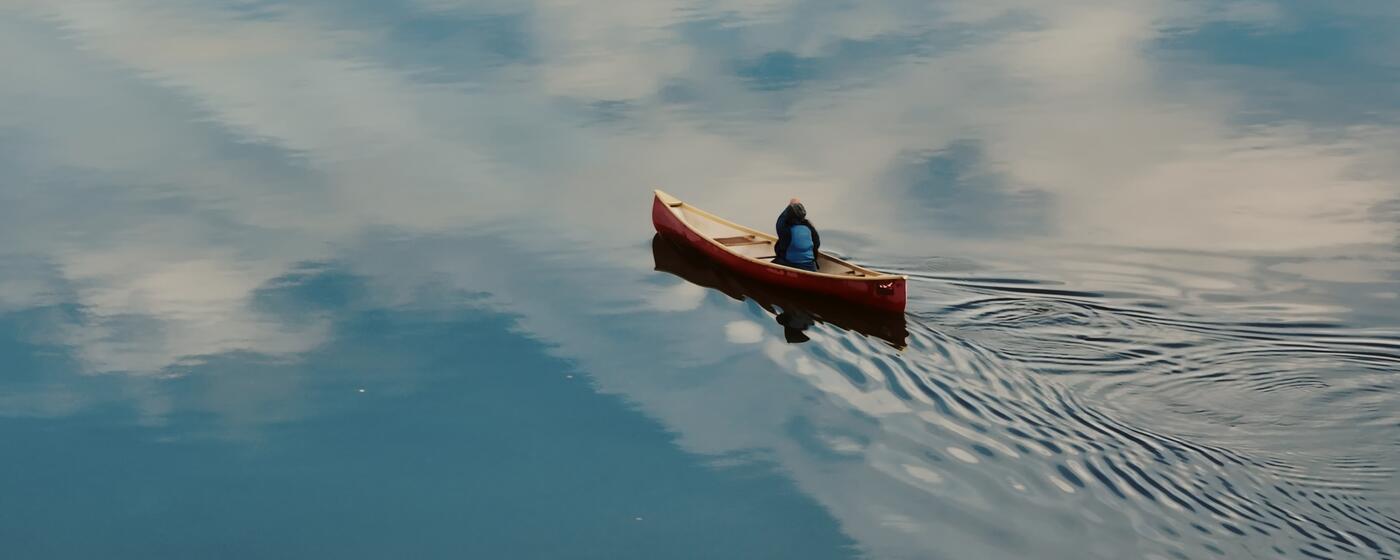Venturing into the backcountry is an incredible way to experience nature's untouched beauty. However, it also requires us to be responsible stewards of the land and prioritize person safety. Building on this essential outfitting guide - Gear Up for the Wild: Essential Outfitting Guide for Backcountry Camping - this story will guide you through best practices for backcountry camping.
Drawing on the principles from Leave No Trace Canada, we'll explore how to enjoy the wilderness responsibly and safely.
Getting Started - Exploring Land'escapes
When planning this adventure, I decided to go somewhere new to me but still somewhat local to cut down on travel time. I decided to book a site with Land’escapes, a property located just south of Bancroft in the heart of Ontario's Highlands.
Land’escapes sits on 27,000 acres of wilderness with private lakes to hike, paddle and camp on. The property is set up for low impact recreation with the goal of conservation and to remediate as much of the changed landscape as they can after years of commercial forestry, and forge a new more responsible relationship with the land. You can read more about their conservation efforts here.
Before hitting the trail, thorough preparation is key. Researching your destination is essential to understanding the terrain, weather, and wildlife you might encounter. This helps you prepare adequately and ensures you comply with any local regulations or guidelines. I knew that I was going to be staying on Jocko Lake, site 228.
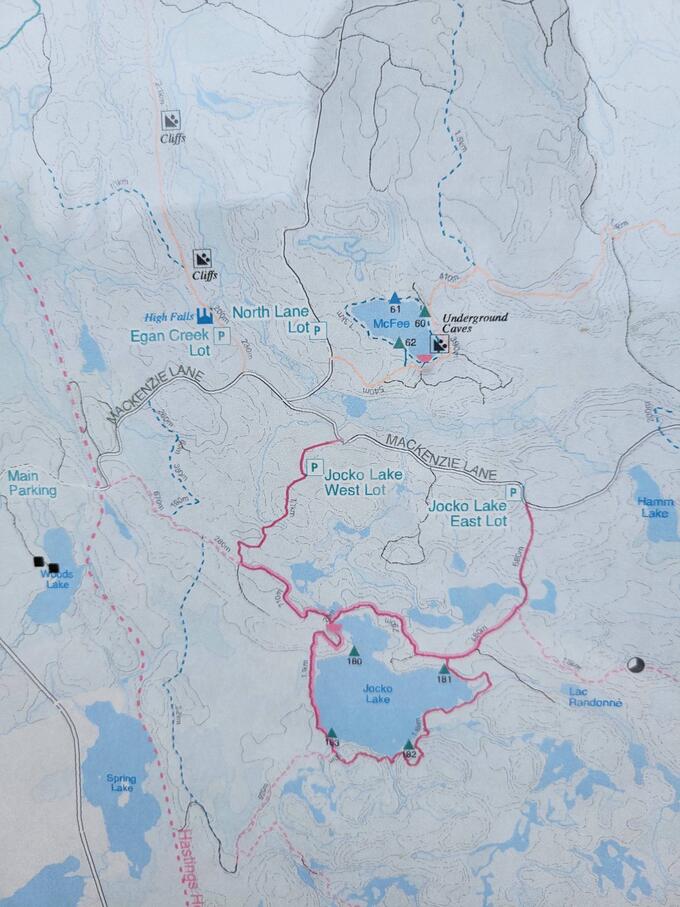
Backcountry camping means accessing sometimes highly remote areas where cell reception can be patchy. I acquired a digital map from the program coordinator at Land’escapes prior to leaving for the property. Another great idea is to bring a paper backup map and seal it in a plastic Ziploc to keep it dry.
Gearing Up
Your gear should match the conditions you expect to face, keeping you prepared for any situation. I knew what I was getting into for the camping portion of the trip and unfortunately it was forecasted to be rainy and cold. I also knew there was a good chance of seeing deer, moose, and a variety of birds, so my camera gear was also packed. Informing someone about your itinerary and expected return time is also crucial. This step ensures that in case something goes wrong, help will be on the way.
Once I checked in at the main gate, I was off to the parking lot where I’ll start my hike into the canoe cache on Jocko Lake. Land’escapes provides canoes already at the lake for your camping adventure, so there is one less portage to start off the trip. Keeping an eye on the weather is vital since conditions can change rapidly in the backcountry, fortunately for me the weather didn’t change for the entirety of the trip.
Unfortunately for me, that weather was cold and rainy. Being prepared to adjust your plans accordingly can help manage expectations while out on a trip. Wildlife awareness is another key aspect of safety. Learning about the local wildlife and how to avoid dangerous encounters can keep you and the animals safe. Each site on Jocko Lake comes with a pre hung bear rope, so once your food is packed away for the night, it takes less than a minute to get it hung up out of harm's way.
Always store food securely and maintain a safe distance from animals to avoid unwanted encounters.
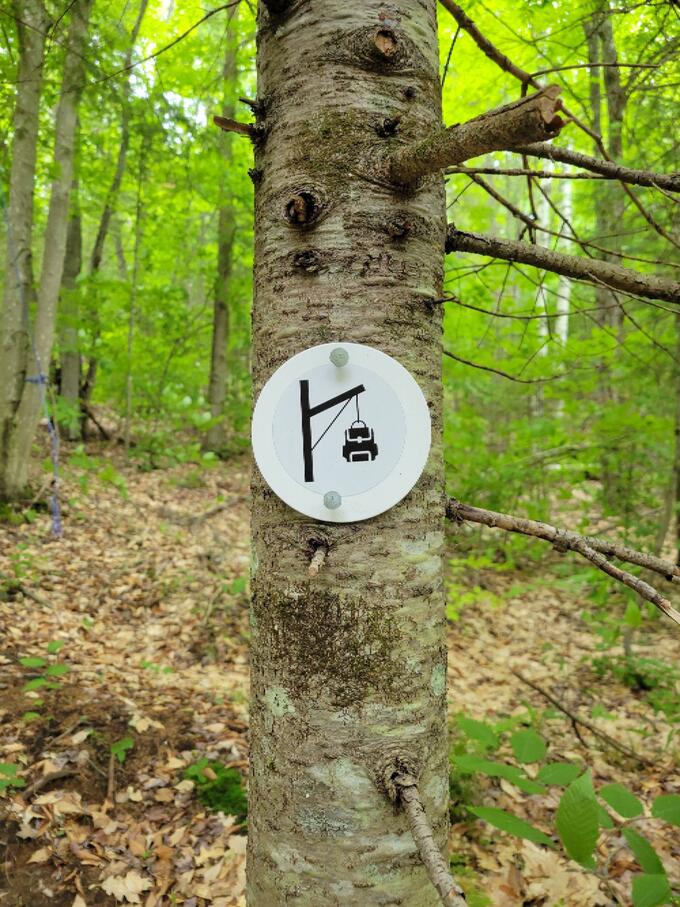
Leave No Trace
Adhering to the principles of Leave No Trace is essential for minimizing your impact on the environment. Planning ahead and preparing not only ensures your safety but also helps accomplish trip goals safely and enjoyably while minimizing damage to the land.
Land’ecapes has well marked trails on all of their hiking routes, as well as designated camping spots with bear hanging ropes, tent spots clearly marked, fire pits and a privy for bathroom needs. Sticking to established trails and campsites, rocks, gravel, or dry grasses, helps protect the environment. Proper waste disposal is crucial for maintaining the backcountry's pristine condition.
Always pack out all trash, leftover food, and litter. Even biodegradable waste, like orange peels or apple cores, can take years to decompose and should be carried out.
Leaving what you find is another important principle. Preserve the past by examining, but not touching, cultural or historic structures and artifacts. Leave rocks, plants, and other natural objects as you find them to maintain the environment's natural state. Avoid introducing or transporting non-native species to protect the local ecosystems.
Minimizing campfire impact is essential to prevent wildfires and reduce environmental damage. Using a lightweight stove for cooking and a headlamp for light can significantly reduce your impact. Where fires are permitted, use established fire rings, which are located at every camping site on Jocko Lake.
Keep fires small and burn all wood and coals to ash, then remember to douse the fire pit with lake water prior to leaving the site.
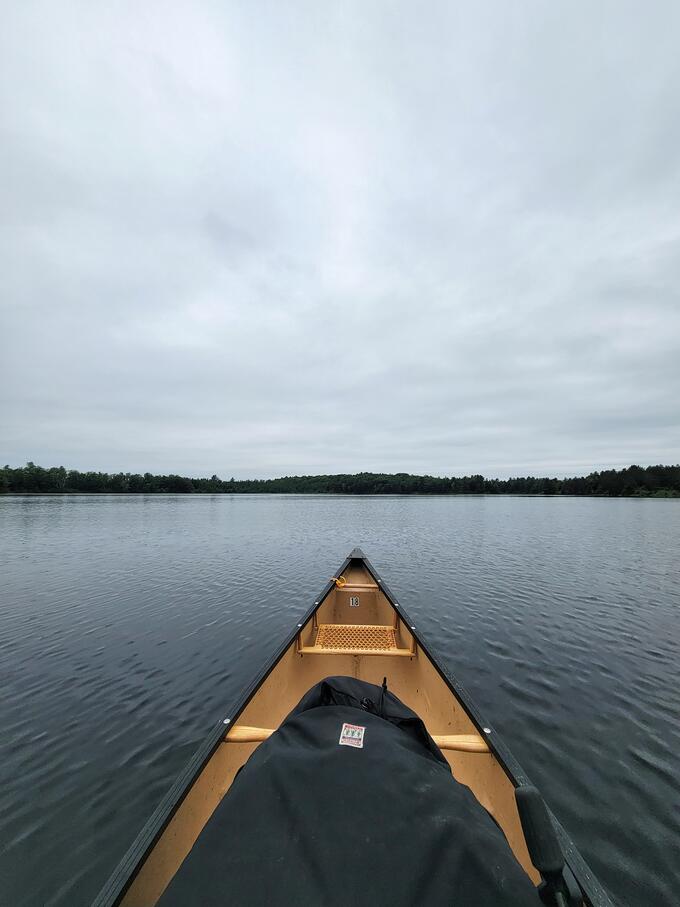
Finally, being considerate of other visitors helps protect the quality of everyone's experience. Respecting other visitors includes keeping noise levels low, yielding to others on the trail, and camping away from trails and other visitors. This wasn’t an issue for me, as I was the only person on the lake when, which might have had something to do with the weather.
Respecting nature involves embracing the quiet and natural sounds of the wilderness. I ventured out in the rain by canoe to see what else might be out enjoying Jocko Lake on a calm Monday morning. I was thrilled to see deer coming to the water's edge, a family of Hooded Mergansers and several Great Blue Herons. Unfortunately due to conditions I wasn’t able to get photos of any of the wildlife.
By following these best practices and embracing the Leave No Trace principles, you can ensure a rewarding and responsible backcountry camping experience. Your actions play a crucial role in preserving the beauty and integrity of the wilderness for future generations.
Happy camping, and remember to tread lightly!
Immersive Getting out into the wild with assistance from Land'escapes. CampingReconnect with Nature: Go on a Guided Algonquin Medicinal Plant Walk
Reconnect with Nature: Go on a Guided Algonquin Medicinal Plant Walk

